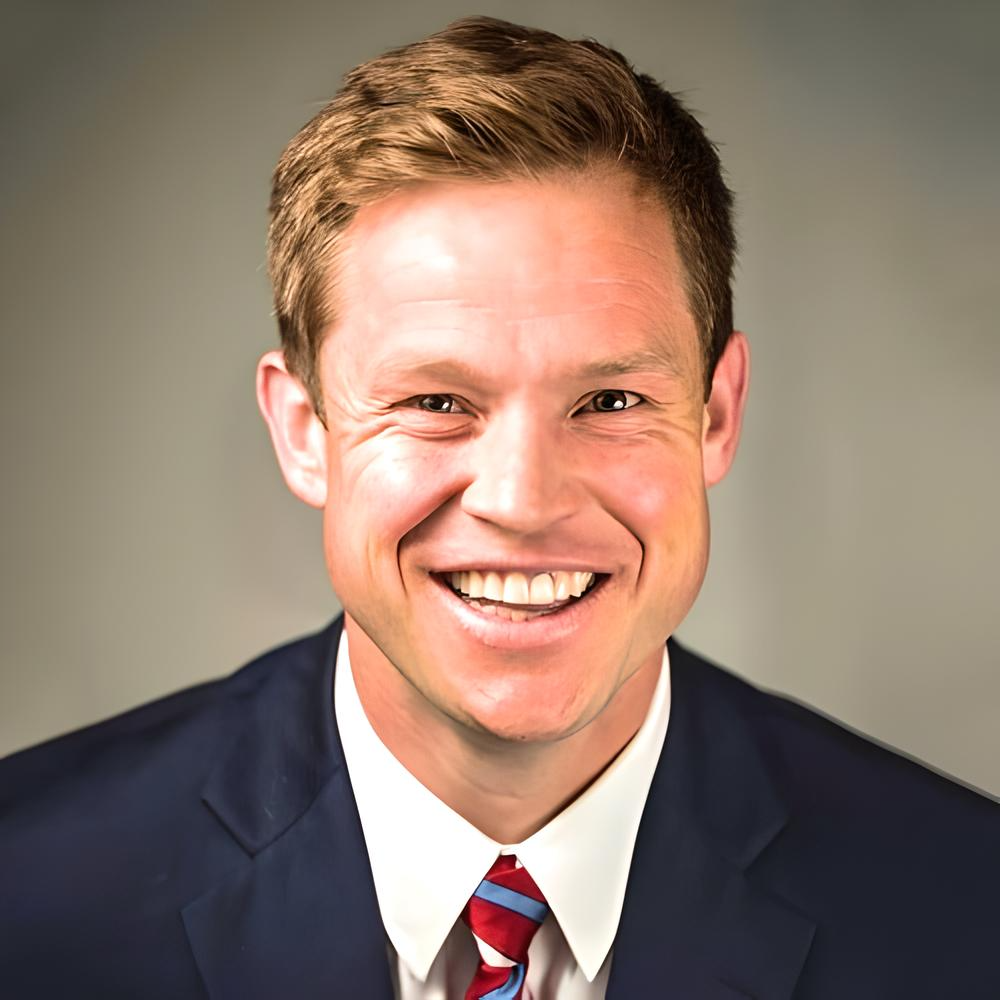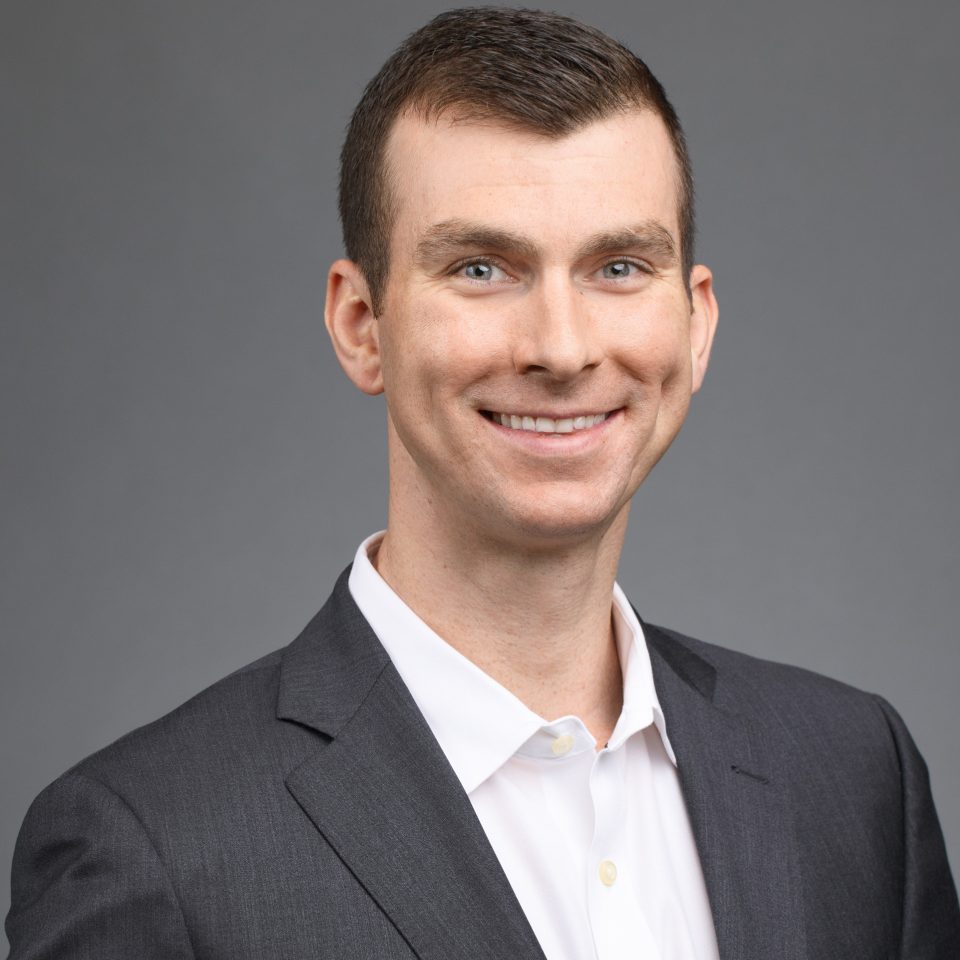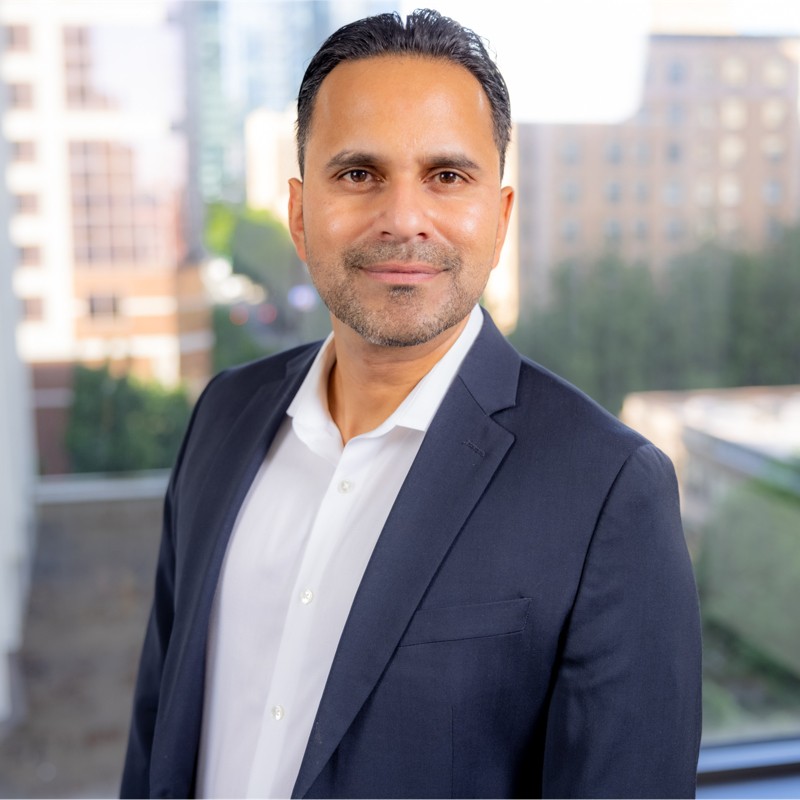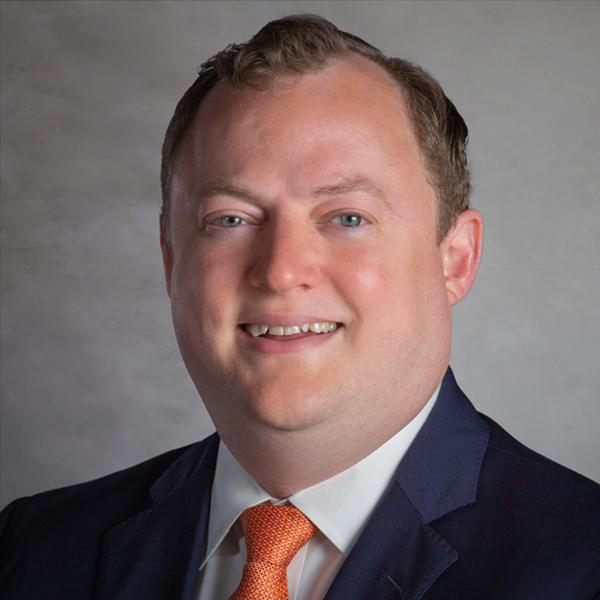Building a wealthtech company from scratch and making it a success requires understanding not only the complexities of the specific technology in order to make the product function correctly, but the needs of wealth management professionals who will use the product in order for the wealthtech firm to grow its customer base.
“Starting with a blank canvas enables firms to clearly articulate and build to their differentiation in the space,” said Dan Johnson, Managing Director at F2 Strategy. “Our counsel at F2 Strategy is always to be deliberate at what you want to be exceptional at from a technology perspective but be just as deliberate with what you want to be okay/up to par at.”
As Johnson explained, “This seems odd, but we consistently see new entrants build out elaborate experiences/functionality, only to find that that does not move the needle. Firms will need to address the digital future of their clients and know that this may not be a priority today but will certainly be ‘table stakes’ in the coming years.”

Although there are many more wealth management firms than there are wealthtech firms, there may be a greater variety of types among wealthtech firms than there are among wealth management firms. CRM, advisor transition, document management, financial planning, portfolio management, trading and rebalancing, insurance, tax management, billing, business intelligence analysis, cybersecurity, all-in-one tools, and so on. Then there is the breakneck pace at which platforms are seeking to apply generative AI.
Sometimes the best way to figure out what’s coming next for an industry is to see how industry players got to where they are today. That’s why WSR reached out to several wealthtech innovators to learn how they did it. Here I’ve gathered direct insights on the subject.
For an account of launching a company from the ground up, we speak with Brendan Falls, EVP and Chief Growth Officer at GeoWealth. To see how a successful entrepreneur begins their next chapter, we speak with Sid Yenamandra, Founder and CEO of Surge Ventures and Founder of the Smarsh subsidiary Entreda. And for a look at a company that significantly refined its position in the market, we speak with Ryan George, Chief Marketing Officer at Docupace.
Brendan Falls, EVP, Chief Growth Officer, GeoWealth

WSR: How did you get the idea for GeoWealth’s RIA-focused strategy? What gap did you see in the market, how did you decide on the initial product suite, and how did you go about recruiting the team to build out everything necessary for a successful launch?
Falls: The legacy turnkey asset management platform (TAMP) structure has traditionally dominated the independent broker-dealer space, but RIAs were largely using technology to manage their own models and operate the needed technology tools themselves for trading, reporting, billing, etc. We identified a value in the market to offer RIAs the benefit of outsourcing and unified managed account (UMA) capability, but also allow them to keep control of managing their own portfolios. Crucially, we also developed a very supportive service model to support firms.
We started out inside an RIA, and with our President and COO Jack Hannah previously serving as the head of operations there, we were very in tune with the operational needs of that business model. But, like any growing technology company, it’s been an iterative journey as we have developed and grown our offering, anchored by our unique proprietary portfolio accounting system. As we’ve grown, we’re pretty convinced that delivering unique UMA solutions are a major value for clients and a growth lever for the firm.
WSR: How did you win your first clients for GeoWealth?
Falls: For a new entrant into the RIA space like GeoWealth, there was significant value in the inherent independence of RIAs, who are always seeking best-in-class solutions to meet their clients’ needs and their own unique business needs. Early on, GeoWealth was fortunate to connect with forward-thinking advisors who recognized GeoWealth as a unique partner capable of addressing their operational pain points.
Our first adopters saw tremendous value in partnering with us to implement their own model management within the flexibility and customization of a UMA framework. There’s also a strong correlation among these clients: They all fundamentally understand UMAs, the benefits they offer and the gaps in their current infrastructure that GeoWealth can help address.
WSR: How has the business model, service offering and product suite for GeoWealth changed over time? Why did GeoWealth decide to spin out of the RIA that was initially part of the company and is no longer?
Falls: GeoWealth’s business model, service offering and product suite have consistently evolved in response to the changing needs of advisors and their clients. Recently, the desire to deliver custom model solutions to high net worth clients has driven new evolutions in how we think about model portfolios. Traditionally, model portfolios have been designed for the mass-affluent market, relying heavily on ETFs and mutual funds. Serving high net worth clients requires more sophisticated portfolio solutions – ones that offer tax benefits and tailored product incorporation to address their unique needs in a scalable way.
"Serving high net worth clients requires more sophisticated portfolio solutions."
Brendan Falls, EVP, Chief Growth Officer, GeoWealth
By integrating offerings like direct indexing and fixed-income SMAs within a model framework, along with in-demand investment such as semi-liquid alternatives, GeoWealth is enabling advisors to deliver scalable and differentiated portfolio solutions.
WSR: What have been the major challenges that GeoWealth has faced along the way, and how has the company overcome them?
Falls: One of the major challenges GeoWealth has faced is building our brand to the point where, when advisors consider making a change, we’re among the handful of names that are immediately considered. While many firms recognize GeoWealth as the better solution, the decision to make a change is often part of a longer, more deliberate process. By emphasizing the tangible benefits of our platform – scalability, flexibility and customization – we’ve successfully addressed these challenges and positioned ourselves as a trusted partner for RIAs.
WSR: What has it been like working so closely with your brother at GeoWealth?
Falls: My younger brother is my boss, so I must be out of my mind! But in all seriousness, working with Colin [Falls, GeoWealth’s CEO] has been incredibly complementary. We have a unique dynamic built on complete honesty and trust. We don’t always agree completely, and we challenge each other constantly, but in a productive way. We’re also comfortable delivering hard truths to each other. The same is true for Jack, Cliff Schoeman (Chief Product Officer) and the rest of the executive team. We are very collaborative and complementary, but we also hold each other accountable.
WSR: What are GeoWealth’s plans for future growth? What can you hint at in the pipeline in terms of M&A / integrations / clients / enhancements / product launches?
Falls: GeoWealth’s journey has been one primarily consisting of organic growth and that will continue to be the case. We will continue to deliver more customization through scalable model solutions on its UMA infrastructure.
Sid Yenamandra, Founder and CEO, Surge Ventures

WSR: How did you get the idea for Surge Ventures? What gap did you see in the market?
Yenamandra: Surge Ventures was born out of my experience in cybersecurity and compliance for the financial services sector. During my time at Entreda and after its acquisition by Smarsh, I observed several industry pain points that traditional players struggled to solve. Many firms were using siloed products, lacking integration, data accessibility and actionable insights. Meanwhile, regulations were evolving rapidly, and compliance needs were becoming more complex—especially with emerging AI capabilities.
I saw an opportunity to build a next generation compliance and surveillance platform which combines AI-powered regulation tracking, integration platform with a data lake architecture and low-code/no-code smart workflows. The vision for Surge was to connect traditionally isolated compliance areas while building an infrastructure to ensure scalability and fast time to market.
WSR: How did you decide on the initial product suite for Surge Ventures?
Yenamandra: Our initial product suite was shaped by the most pressing compliance risks faced by wealth management firms—audit management, data security, and regulatory tracking and WSP management. We launched with Avery, an AI-powered regulatory intelligence platform; Fusion1, a low-code/no-code platform handling audits, attestations and reporting for financial firms; and OmnibusX, a cloud-based ESB platform solving vendor lock-in and enabling data integration across systems.
Each product was developed with modular flexibility to address pain points while allowing for independent use cases. This modularity enabled us to build quickly, demonstrate immediate value, and test in parallel without overcommitting resources.
WSR: How did you recruit the team for a successful launch of Surge Ventures?
Yenamandra: Surge’s recruitment strategy relied on leveraging existing relationships and a capital-efficient approach. We acquired Kovair, which came with a talented engineering team in India and expertise in DevOps, workflow automation and integration tools. We also invested in Kitecyber, which brought in data security expertise.
To further enhance product offerings, we onboarded subject-matter experts in compliance, cybersecurity and SaaS product development, ensuring alignment with the financial sector’s needs. This approach allowed us to subsidize costs while rapidly developing critical components of our platform.
WSR: How did you win your first deals for Surge Ventures?
Yenamandra: Winning the first deals was about trust and early partnerships. Surge worked closely with compliance consultants and broker-dealers, showing how our tools could streamline compliance tasks. Offering a free service period and prioritizing customer support and affordability also helped us build momentum.
"Winning the first deals was about trust and early partnerships."
Sid Yenamandra, Founder and CEO, Surge Ventures
We emphasized solving their high-priority compliance problems. Clients valued modular product options, which allowed them to trial one solution without making a massive upfront investment.
WSR: How has the Surge Ventures business model, product suite and service offering evolved?
Yenamandra: Surge started with compliance-focused modules, but as we grew, the need for a connected platform became clear. We pivoted to an integrated risk management solution—now centered around Fusion1.
Our products evolved into AI-powered insights for real-time compliance updates; a data lake architecture to unify client data across platforms; and enhanced vendor management workflows, in response to the SEC’s new cybersecurity rules. Additionally, we made strategic acquisitions and investments to expand service offerings including SaaS app and data security.
WSR: What major challenges has Surge Ventures faced, and how has it overcome them?
Yenamandra: One of the biggest challenges was breaking vendor lock-in, as many clients were tied to large, PE-backed platforms unwilling to share data. We solved this through OmnibusX, an integration hub designed to eliminate barriers between systems.
Other key challenges included scaling product development quickly across multiple modules; balancing investor expectations while targeting niche markets (following the TAM-SOM paradox); and ensuring regulatory compliance while staying flexible enough for future changes. We overcame these by developing products in parallel, leveraging resource-sharing across our portfolio companies, and maintaining an iterative development strategy to pivot when necessary.
WSR: What’s next for Surge Ventures?
Yenamandra: The future is exciting as Surge Ventures expands both organically and through M&A activity. Here’s what’s in the pipeline.
We are finalizing the acquisition of a company which aligns with our roadmap for data security and compliance solutions. We’re building out more editable features for Fusion1, enabling clients to customize their audit menus and add custom fields. We plan to enhance Avery’s AI capabilities and blend it further with Fusion1 to create a seamless regulatory and compliance ecosystem. We are exploring new markets outside wealth management, applying the platform model to adjacent industries.
Several new integrations are underway, and we aim to onboard more broker-dealers and RIAs through enhanced partnerships. Our long-term goal is to continue building Fusion1, an AI-powered, modular compliance system that allows financial firms to stay ahead of changing regulations while minimizing risk. With our low-code/no-code platform, we want to give clients control over their compliance needs without relying heavily on external vendors.
Surge’s best practices for building a wealthtech firm are to identify industry pain points and tailor solutions that clients can adopt incrementally; use acquisitions strategically to gain engineering talent and industry knowledge; build modular products to test quickly, iterate and pivot based on market feedback; target a niche market first (SOM), but align with a broader TAM for long-term growth; and break down data silos with tools like OmnibusX to prevent vendor lock-in and foster collaboration.
Surge Ventures was built on a vision of combining the agility of a venture studio with the strategic focus of a platform company. Our approach allows us to meet immediate market needs while setting a foundation for future scalability and innovation. The journey has been challenging but rewarding, and we are well-positioned to drive transformational change in compliance, and financial services.
Ryan George, Chief Marketing Officer, Docupace

WSR: When you went about repositioning Docupace, why did you decide that was necessary and how did you choose the proper branding, product suite and key personnel to make that happen?
George: We don’t consider anything we’ve done as a relaunch, just refining our position around our strengths – empowering wealth enterprises to achieve operational excellence. That said, positioning, brand and even product lineup are focused on what the market demands and where we excel.
When it comes to personnel, I think every new team member has brought experience and expertise in his or her respective field with them. We’ve done a good job of leveraging these fresh perspectives and incorporating them (when appropriate) into our overall business strategy.
Most importantly, we’re not a company beholden to a small number of “rockstars,” it’s the collective contributions of all team members that have fueled our rapid growth over the past few years. Everyone holds each other accountable. Everyone contributes.
WSR: How has the business model for Docupace changed over time?
George: Docupace has gone through several phases during its 20+ year history. We started out essentially as SEC/FINRA-compliant document storage, expanded into workflows and forms, then eventually added new account openings and advisor transitions. In 2021, we added client data gathering, compensation management, compliance and surveillance through acquisitions.
Today, we’re the back-office partner of choice for banks, RIAs, IBDs, insurance companies, TAMPs and custodians who come to us with complex operational challenges, and we solve them. They utilize the Docupace Platform (a cloud-based, integrated software suite) to reduce back-office expenses, improve efficiency, strengthen recruiting, and enhance the experience of advisors and investors.
WSR: What have been the major challenges that Docupace has faced along the way, and how has the company overcome them?
George: Our challenges mirror most other businesses. Over the past couple of years, we’ve taken several steps to transform and mature our business, empowering us to meet the market where it is heading into the future. In addition, we’ve made a concerted effort to elevate our execution across all areas of the business and remain diligent to avoid distractions that make executing promises we’ve made more difficult.
WSR: What are Docupace’s plans for future growth, and what do you have in the pipeline happening soon by way of M&A / integrations / clients / enhancements / product launches?
George: We announced the biggest enhancement in company history back in early October and we’ll be delivering that to the market in the first quarter of 2025. In addition, we’ve completed or wrapped all of our 2024 strategic initiatives – this includes a new integration hub that we believe will take our platform, one of the most integrated software suites in the industry, to an even higher level of connectivity across tech platforms.
"We’ve taken several steps to transform and mature our business."
Ryan George, Chief Marketing Officer, Docupace
We’ll bring over our Compensation Management and Compliance/Surveillance solutions into the new user experience (UX) in 2025; so we’re very bullish on where we can take those solutions into the future.
For 2025, we’re fast at work bringing AI-driven automation and intelligence into the platform. Development teams just completed a short, two-day hackathon focused on AI and it was fascinating to see how quickly the teams can go from ideation to innovation-in-action in such a short time leveraging AI.
We’re expanding our multi-custodian new account opening capabilities. Imagine integrating a digital new account opening process into any financial planning tool or advisor workstation you choose. It’s a bit mind-boggling, right? Get ready for more of that!
When it comes to M&A, a good spokesperson never tells. I can say we’re actively pursuing opportunities to expand who we serve and how we serve them.
Larry Roth is CEO of Wealth Solutions Report and Founder and Managing Partner of Ascentix Partners.














